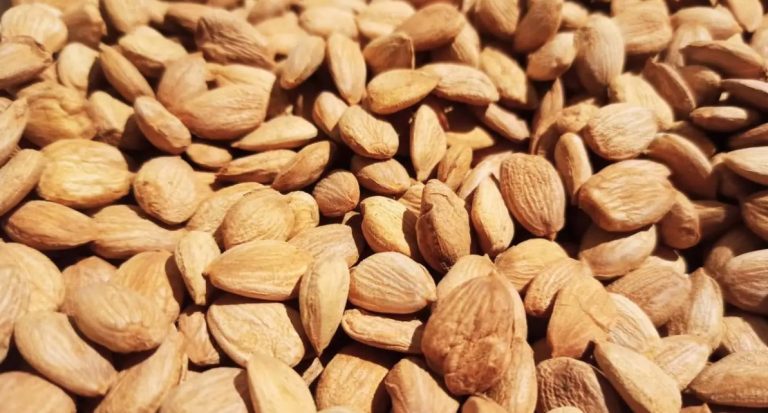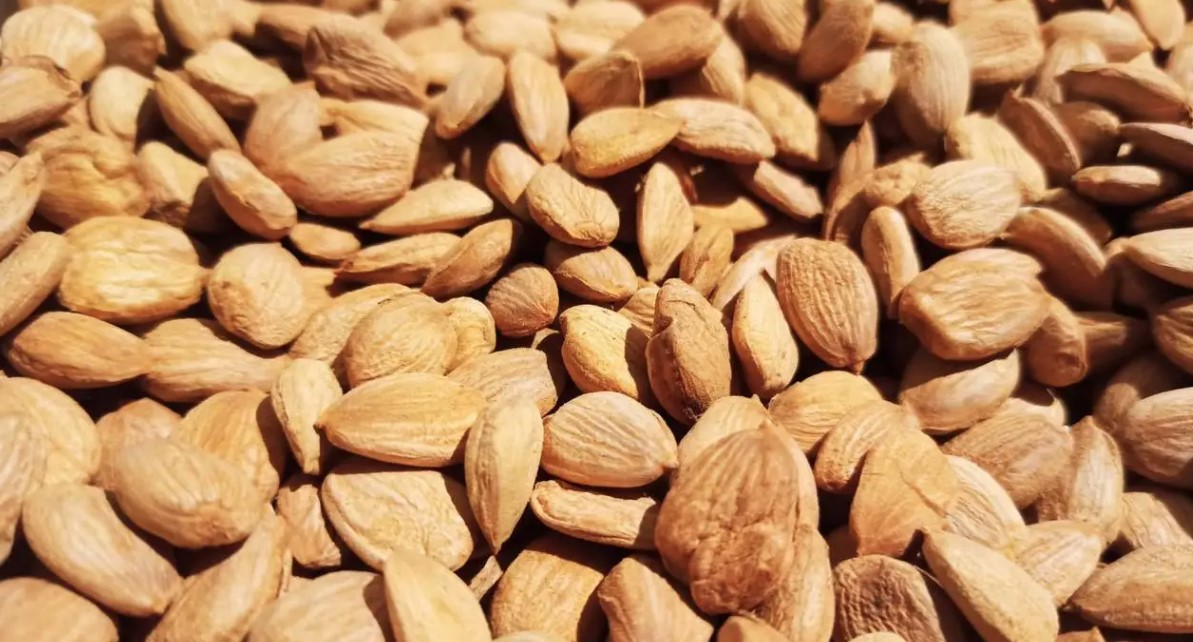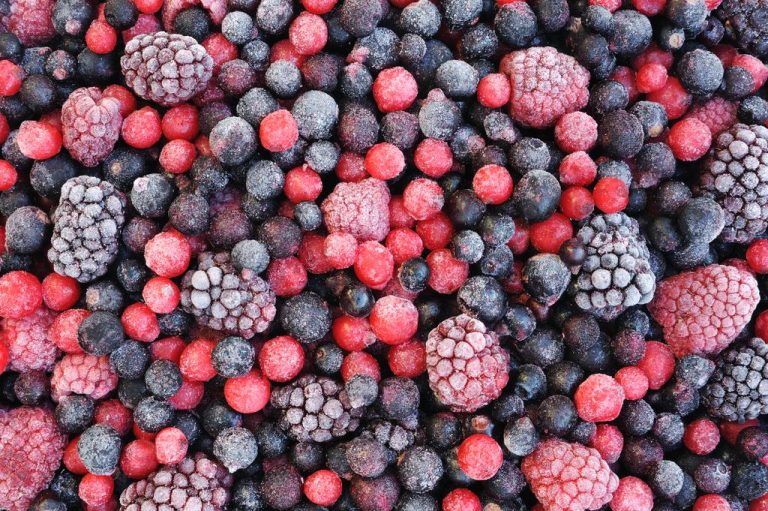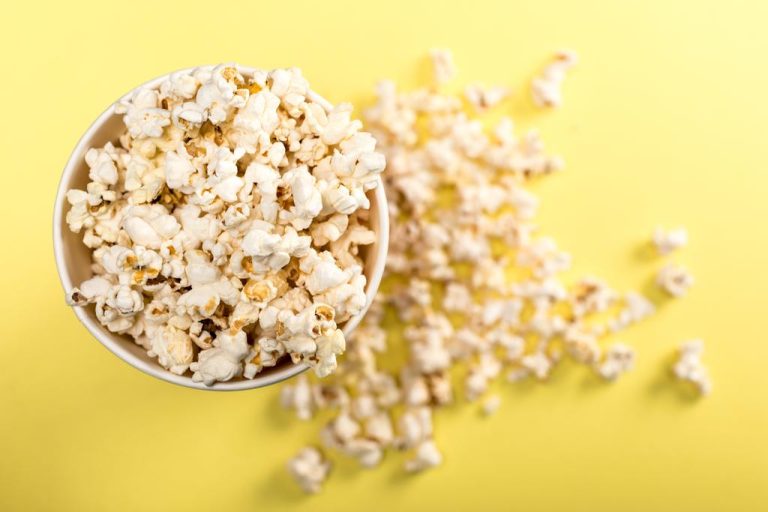Eat healthy: Numerous diseases can be avoided by regularly eating healthy fruit. But which types of fruit are the best and what ingredients make them so healthy? We explain the healthiest types of fruit and tell you the positive effects.
Apricots: Small vitamin bombs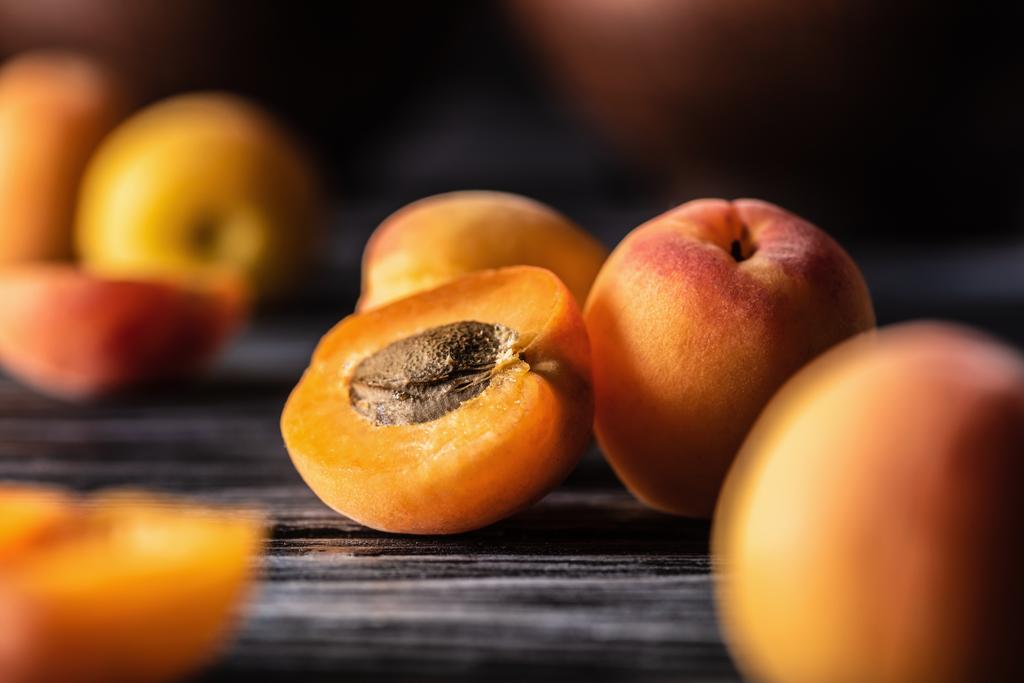
The rose family is usually completely wrongly overshadowed by peaches and nectarines. Apricot season is in July and August and the fruit tastes delicious both fresh and dried.
The orange color has a significant amount of beta-carotene, which with regular consumption strengthens your immune system and protects against cancer. It also has a positive effect on hair and nail growth as well as on eyesight and ensures beautiful, healthy skin.
Numerous B vitamins strengthen the central nervous system, improve mood and increase the ability to concentrate. The sweet fruits also help you lose weight because they contain hardly any fat and few carbohydrates.
When buying, however, you should pay attention to the degree of maturity. If the fruit yields slightly to pressure, it tastes best and the stone is easy to remove. They should also be eaten within a few days, as apricots don’t stay fresh that long and can go bad quickly.
Power fruit avocado
The avocado belongs to the laurel family and is a berry from a botanical point of view. Around 5 million tons of avocados are harvested worldwide every year.
The avocado is considered a versatile powerhouse because it contains many vitamins, unsaturated fatty acids and minerals. These include magnesium, potassium, phosphorus, calcium, iron, manganese and copper. It has the highest protein content of all fruits and is rich in fiber, which has a positive effect on digestion. A special combination of carbohydrates
An avocado can be said to be ripe when it feels heavy because of its size and is dark in color. If you want to speed up the ripening process, simply place them in a paper bag for 2-4 days.
The blue miracle: blueberries
Fresh, juicy blueberries are considered the summer trend par excellence. Whether in the breakfast bowl, as a sweet afternoon snack or as an eye-catcher in your drink, the blueberry can no longer be missing.
The sweet aromatic berries contain a variety of healthy ingredients. In addition to vitamins A, B, C and E, beta-carotene and the minerals iron, potassium, calcium and magnesium, blueberries also contain a large amount of fiber. Thanks to the nutrients it contains, the small fruit supports heart health, bone formation, blood pressure, cancer prevention and even mental health.
Blueberry peak season is July. The fruits are harvested in abundance: one bush produces up to 6,000 blueberries per summer. The skin of blueberries is naturally covered with a white frost. This protective layer prevents the berries from drying out. For this reason, blueberries should only be washed shortly before consumption so that the protective film keeps the fruit fresh for as long as possible.
Strawberries as a slimming agent
Did you know that you can even eat the green leaves on the strawberries? They also have a healing effect as a tea, for example for intestinal diseases, inflammation, joint pain or nervousness.
Snacking allowed: Strawberries are not considered the healthiest fruit for no reason. The delicious berry is extremely low in calories and at the same time particularly rich in vitamin C, calcium, potassium, iron, zinc and copper. Dietary fiber, which promotes digestion, also prevents cancer and cardiovascular diseases. It is one of the favorite types of fruit in Germany and should not be missing in summer.
Strawberries belong to the so-called non-climacteric fruits. This means that they do not continue to ripen after harvest
Cantaloupe melon as a vitamin bomb
The cantaloupe melon contains a lot of vitamins A and C, which strengthens the immune system and protects against all diseases. It is relatively high in potassium, which is good for your heart and lungs and helps you feel more relaxed.
The melon is about 90 percent water, which aids in hydration and keeps you hydrated. No summer without melons. They are an absolute must.
Concentrated nutrient power: figs
Figs are so-called false fruits because the flower grows inwards. The actual fruits are the small seeds in the “pulp”.
Figs are rich in fructose and glucose: 100 grams contain a whopping 55 grams of carbohydrates. Very remarkable for the superfood fruit. In addition to vitamins A, B1, B2, B6, C, folic acid and niacin, it contains a lot of potassium when dried and has a detoxifying effect. The kernels are rich in fiber and improve the intestinal flora. In addition, figs have a stimulating effect and can even be eaten with their skins when ripe.
Did you know that there are male and female fig trees? Although the males do not bear fruit, they are nevertheless indispensable because they are needed for the fertilization of the female trees.
Raspberries: The most beautiful summer fruit
The delicious low-sugar berries are among the most valuable local summer fruits. There are over 200 species of raspberry, but only a few that are grown and consumed commercially. A single plant can produce a few hundred raspberries per year.
The pink fruit contains valuable vitamins A, B and C and some minerals that support the immune system. Added to this are the antioxidant, blood-cleansing and cancer-preventing effects of flavonoids.
Did you know that raspberries have an appetite stimulating, dehydrating and colon cleansing effect? Even the raspberry leaves are healthy: teas and tinctures refresh and revitalize over the long term.
Raisins: Small but mighty
Raisins are dried grapes, and vitamin C is lost during the drying process. It takes more than 4 tons of grapes to produce 1 ton of raisins. The best raisins are said to come from Malaga in Spain.
However, raisins still contain plenty of healthy nutrients such as iron, potassium and B vitamins. A study found that regular consumption of dried grapes reduces the risk of heart disease.
Like all dried fruits, raisins also contain a lot of sugar and should only be eaten in moderation. As an energy supplier, however, they are great for sports or high mental demands.
Black currant as a vitamin C bomb
The blackcurrant is one of the oldest medicinal plants and, with a content of 180 milligrams of vitamin C, contains more than three times as much vitamin C as a lemon. The dark blue fruit also contains vitamin E, calcium and potassium. It is one of the fruits with a lot of zinc and, thanks to its antioxidant effect, has a positive effect on the cardiovascular system and the immune system.
The black currant is also often referred to as “vegetable cortisone” due to its rapid anti-inflammatory effect.
The fruit can be eaten raw but is usually prepared in various sweet and savory dishes. Black currant is a perennial plant that can survive 15 to 30 years in the wild.
The all-rounder: lemons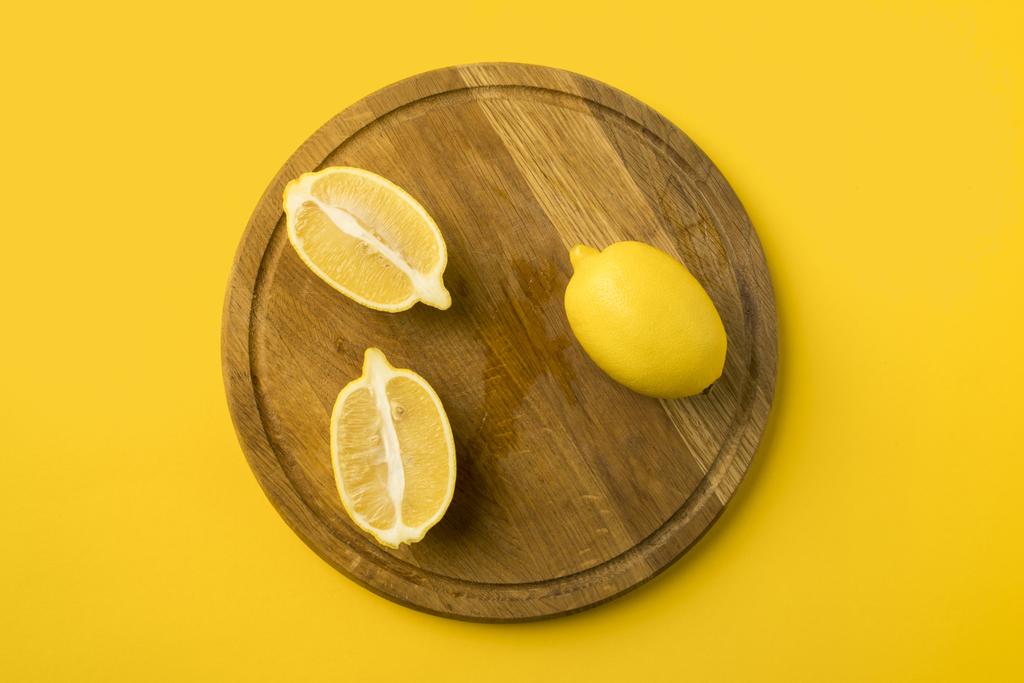
Lemons are considered an all-rounder fruit that can be used in many ways. Whether in fresh mineral water, on delicious fish or as a juice in a salad: the sour fruit always makes a good impression. It is well known that lemons contain a lot of vitamin C. But one does it an injustice if one were to reduce it to just this effect. Positive effects on the body:
Strengthens the immune system with vitamin C
Promotes digestion thanks to the fiber it contains
Cleans the urinary tract and flushes out toxins
Detoxifies the liver
Anti-inflammatory through antibacterial and antiviral effect
Prevents heart attack and cancer
Accelerates wound healing
Good for the skin
Dripping lemon juice on other fruits can prevent them from turning brown. Lemon oil can be used in aromatherapy and contributes to relaxation.




